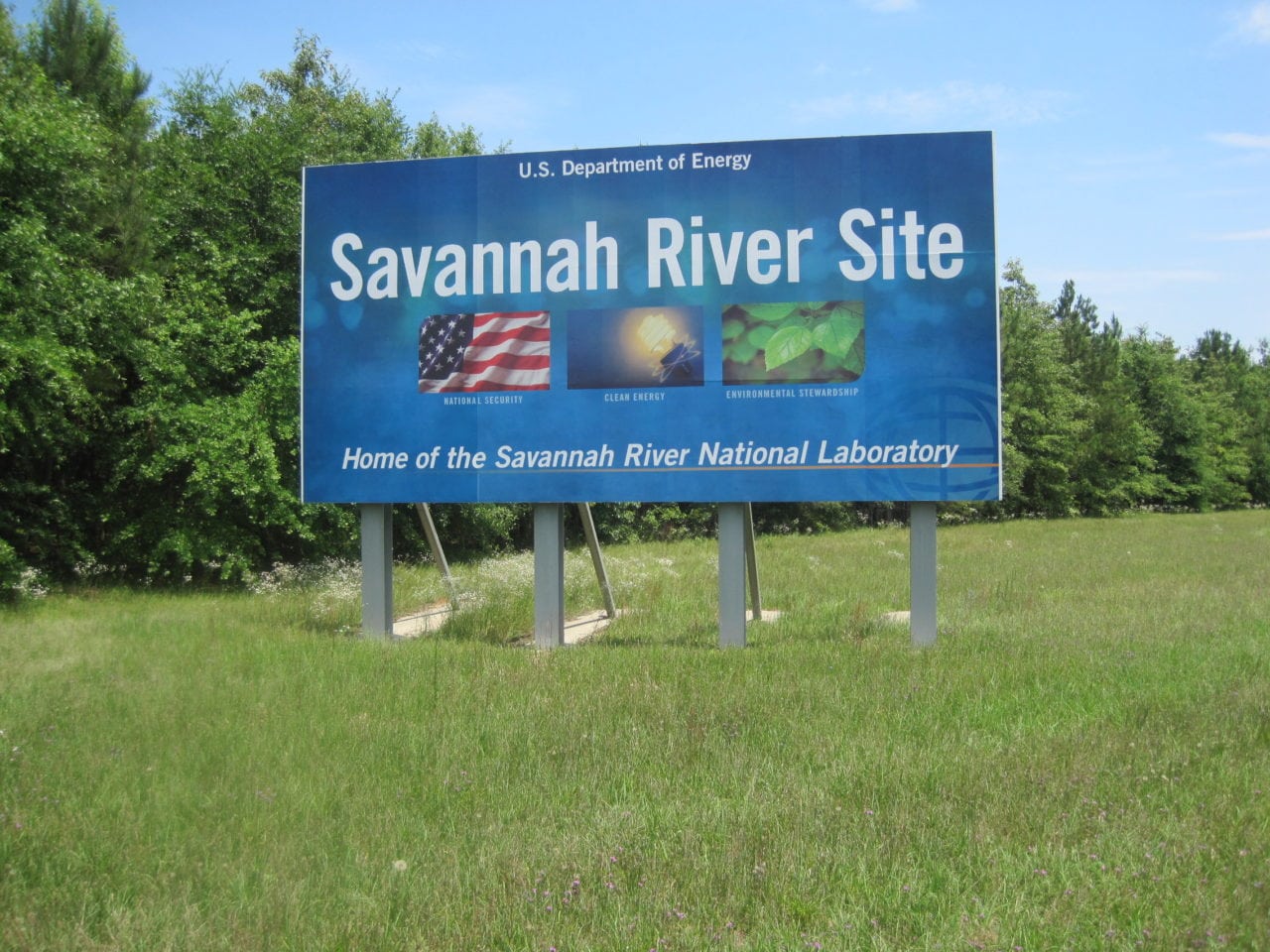
Nuclear Security & Deterrence Monitor Vol. 24 No. 32
Visit Archives | Return to Issue PDF
Visit Archives | Return to Issue PDF
Nuclear Security & Deterrence Monitor
Article 1 of 18
August 07, 2020
DOE Kicks Off Procurement for Next Savannah River Site Management Contract

The Department of Energy on Wednesday kicked off a long-awaited procurement of the next Savannah River Site management and operations contract with a request for information from industry about the award that will fund the Aiken, S.C., facility’s biggest nuclear-weapons…
Partner Content